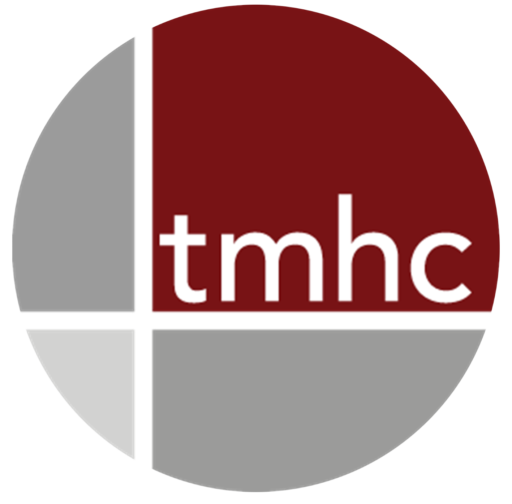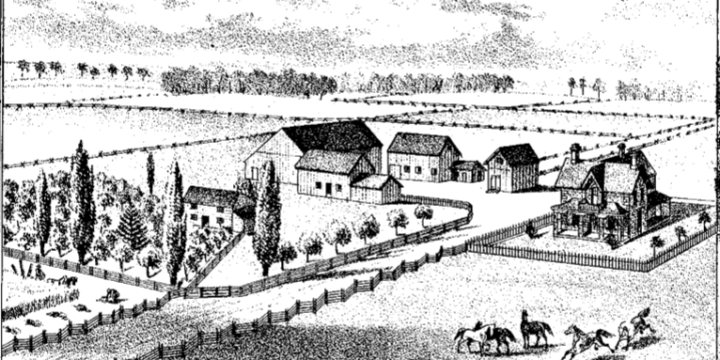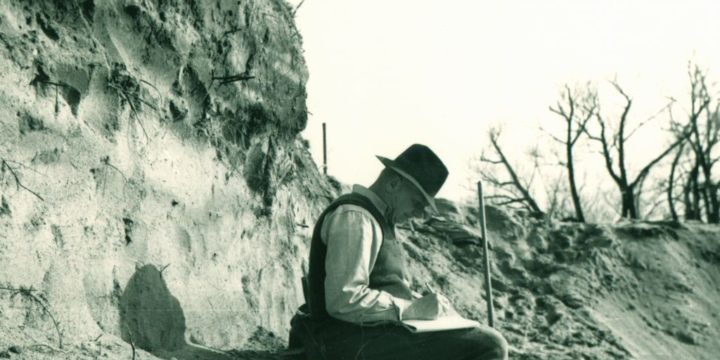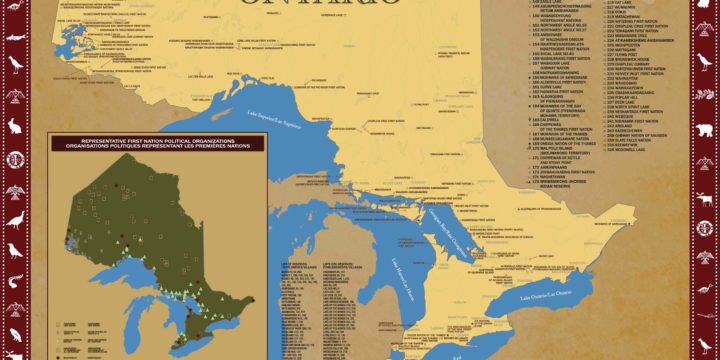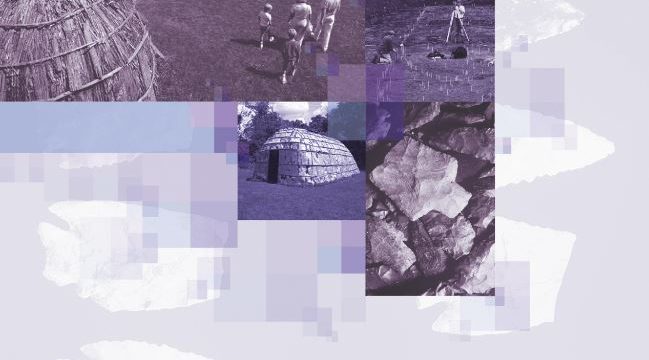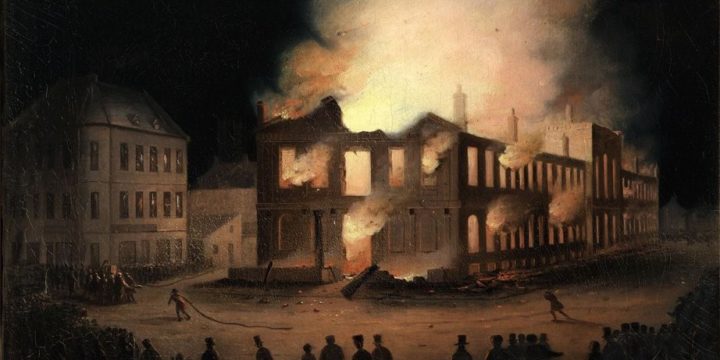
The Loss of Material and Documentary Heritage to Fire
The Loss of Material and Documentary Heritage to Fire On September 2, 2018, a significant repository of human history was erased when Brazil’s Museu Nacional (National Museum) was destroyed by fire. What made this event particularly tragic is that the building was one of the largest museums in South America and early estimates suggest over 90% of its collections were lost. As staggering as this single loss is, history shows that this is an all too familiar event as the destruction of documentary and material heritage to fire is not uncommon. Documentary (paper) records are particularly susceptible to fire. It should be unsurprising that large quantities of paper necessarily stored in dry environments are persistent accidental fire hazards. The Library of Alexandria (Source: Wikimedia Commons no alteration Additionally and…
